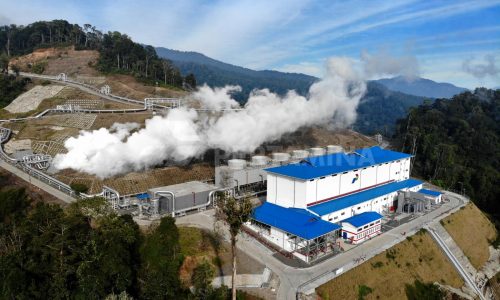Vela Alpha, a drone developed by PT Dirgantara Indonesia or PTDI in collaboration with PT Vela Prima Nusantara, also known as Vela Aero, made its appearance at the Singapore Airshow 2024 aviation exhibition.
According to the official statement from the Ministry of Transportation on Tuesday, February 20, 2024, the miniature product developed for the ‘flying car’ service was displayed alongside a replica of the N219 aircraft at the PTDI booth.
Minister of Transportation Budi Karya Sumadi stated that Vela Alpha is suitable to serve as an air taxi operating in major cities. Currently, the drone configured with one pilot and four passengers does not have operational approval. However, PTDI has submitted a flightworthiness test request to the Directorate General of Airworthiness & Aircraft Operations (DGAAO) of the Ministry of Transportation.
“Hopefully, the flightworthiness test process for Vela Alpha can proceed smoothly,” Budi said when visiting the PTDI booth during the event held at the Changi Exhibition Centre in Singapore.
Based on the released video of Vela Alpha on Vela Aero’s Youtube account on February 19, the product is designed for vertical take-off and landing (VTOL). With eight battery packs, Vela Alpha will have two versions: one with pure electric and another with hybrid engine.The concept of a ‘flying car’ drone claims to be able to transport passengers from the Jakarta city center to Soekarno Hatta International Airport in Tangerang in just 8 minutes. This speed surpasses the travel time of airport trains, which takes about 44 minutes, as well as cars, which require a minimum of one hour, not to mention traffic congestion. Vela also provides luggage space behind the passenger seats of the drone.
Through its official website, Vela Aero, established in 2020, ensures that their drone is safe from the risk of flight failure. Moreover, Vela Alpha is equipped with nine electric motors. “These motors feature a multi-lane architecture that complies with the highest safety standards, demonstrating our commitment to advancing the future of air mobility.”









